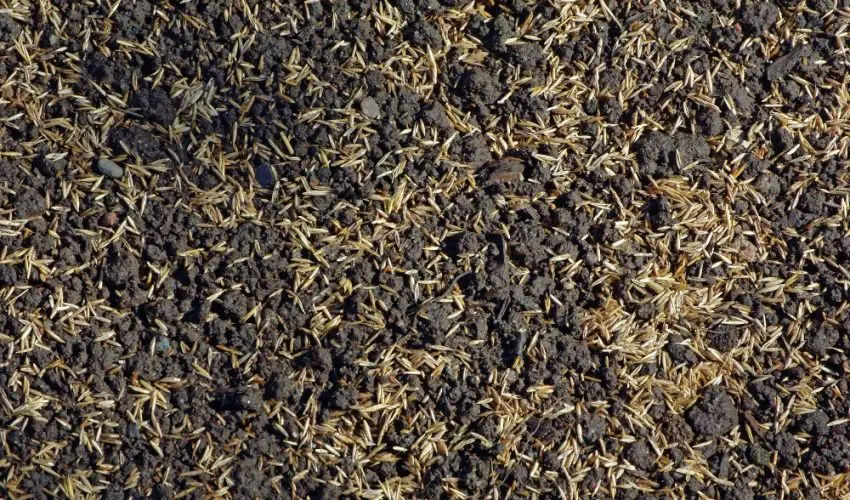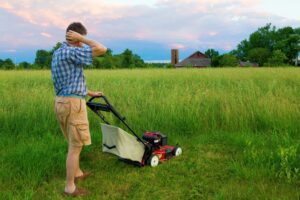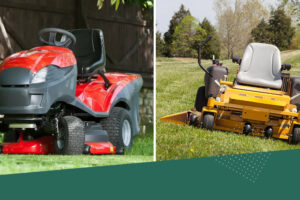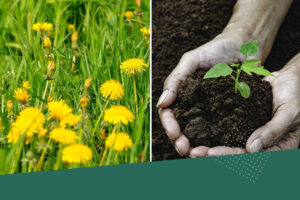There’s a unique kind of hope that comes with planting grass seed—the anticipation of watching bare patches transform into a lush, green lawn.
So, when those seeds stubbornly refuse to sprout, it can feel like all that hope (and hard work) is wasted.
If you’ve found yourself staring at a garden that’s more dirt than grass, wondering where things went wrong, you’re not alone.
Grass seed that doesn’t grow is a common frustration for many homeowners and gardening enthusiasts alike. But don’t hang up your gardening gloves just yet.
Table of Contents
ToggleUnderstanding Why Grass Seed Fails to Germinate
Before we can fix the problem, it’s crucial to understand the root causes. Grass seed germination can be influenced by a multitude of factors, and identifying what’s hindering your lawn can help you take the right corrective steps. Here are some of the most common reasons your grass seed hasn’t taken the leap from seed to sprout:
-
Incorrect Season for Planting
Timing is everything when it comes to planting grass seed. Planting too early in the spring or too late in the fall can expose seeds to temperatures that are either too cold or too warm for optimal germination.
Each grass type has its preferred growing temperature, and seeding should align with these requirements for the best chance of success.
-
Insufficient Watering
Water acts as the catalyst for germination, and without it, your grass seed is stuck in limbo. However, there’s a fine line between too little and too much. Underwatering can leave seeds dry and unable to germinate, while overwatering can cause them to rot before they have a chance to sprout. Consistent, gentle watering is key to just-right moisture levels.
-
Poor Soil Conditions
Your soil is the foundation of your lawn, and if conditions aren’t right, your grass seed will struggle to grow. Compacted soil, poor nutrient levels, and incorrect pH can all create an unwelcoming environment for new seeds.
Ideal soil conditions allow for proper root growth and nutrient uptake, both vital for healthy germination.
-
Inadequate Soil Preparation
Preparing your soil by tilling and adding organic matter can significantly improve the odds of germination. Seeds need to make contact with the soil to grow but can be prevented from doing so if the soil is too clumpy or if there’s too much debris.
A well-prepared seedbed encourages moisture retention and provides the seeds with the conditions they need to germinate.
-
Depth of Seed Planting
Grass seeds need light to germinate, and planting them too deep can inhibit their growth. Conversely, seeds left on the surface without any soil cover can be picked off by birds or blown away.
A general rule of thumb is to plant grass seed no more than a quarter of an inch deep, allowing for adequate light exposure and protection.
-
Quality of Seed
Finally, the quality of the grass seed itself plays a crucial role. Old or improperly stored seeds may have a reduced germination rate.
Investing in high-quality, fresh seed from a reputable supplier ensures that you’re giving your lawn the best start possible.
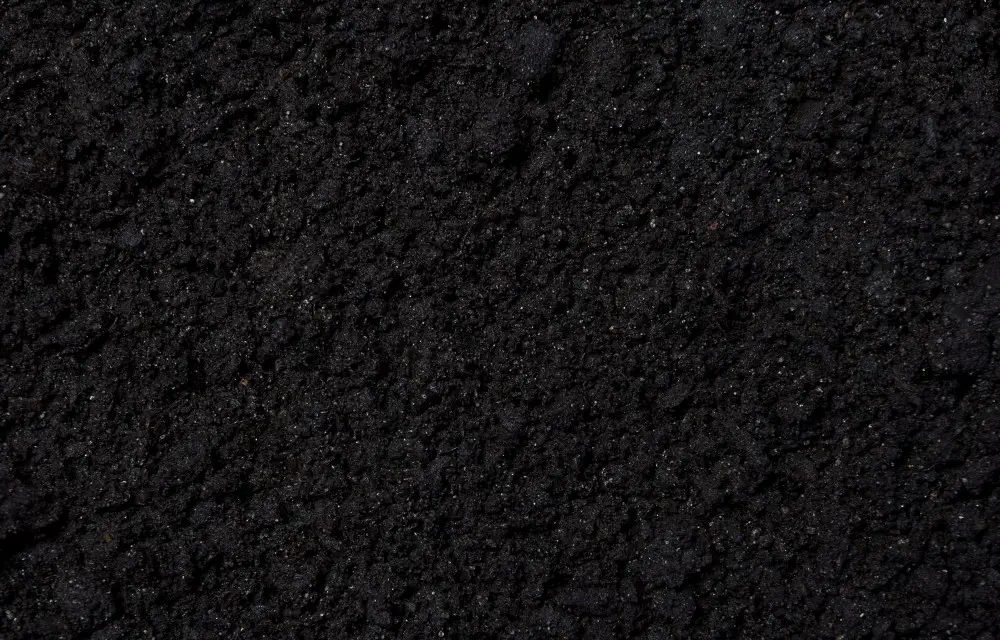
6 Solutions to get your grass seeds to grow
Identified the stumbling block in your path to a lush lawn? Perfect. Now, let’s navigate through the solutions together, ensuring your grass seed not only germinates but thrives.
1. Reassess Your Timing
Make sure to research your grass type. Different grass types have optimal planting times. Cool-season grasses flourish when planted in early fall or spring, while warm-season grasses prefer late spring or early summer.
2. Prepare the Soil Properly
To give your grass the best foundation, begin by loosening the top 2 to 3 inches of soil, which is essential for seed contact and root growth.
Testing your soil’s pH and nutrient levels is also crucial, as this will determine if you need to adjust the pH with lime or sulfur or enhance fertility with organic matter like compost.
Remove any stones, sticks, and debris to prevent interference with seed embedding.
It’s also important to level the soil with a rake to create a smooth surface, ensuring even seed distribution.
3. Monitor the Weather
Aim for a planting window when temperatures are stable and conducive to your grass type’s growth, avoiding extremes that could hinder germination.
4. Improve Watering Practices
Consistent Moisture is Key: Water your seeds lightly but regularly, ensuring the top inch of soil stays moist but not waterlogged.
5. Revisit Seeding Depth and Technique
Make sure that the seeds are sown at the recommended depth (usually about ¼ inch) to balance exposure to light and protection from the elements.
Use a broadcast spreader for large areas or your hand for small patches, aiming for uniform coverage.
6. Select High-Quality Seeds
Choose Fresh, High-Quality Seeds: Opt for seeds suited to your climate and soil type, and check packaging dates to ensure freshness.
Using a blend of grass seeds can increase your lawn’s resilience to pests, diseases, and fluctuating weather conditions.
Troubleshooting and FAQs
Here are some commonly asked questions about grass seeds that don’t germinate.
Why isn’t my grass seed germinating?
Grass seed germination varies with seed type, requiring patience over several weeks. Ensure seeds are not only fresh but properly stored prior to planting, as their viability decreases over time.
Extreme weather can also impact germination therefore providing some protection during unexpected conditions may help.
How do I fix bare spots where the grass hasn’t grown?
For bare spots, gently rake the area to loosen the soil and remove any debris or dead grass. Apply a thin layer of a soil and compost mix, then reseed carefully.
Keep the area moist with light watering. If problems persist, a soil test can identify issues with pH or nutrient levels that need addressing.
Can I walk on the newly seeded area?
Walking on newly seeded areas should be avoided to prevent compaction and disturbance of the seeds.
If crossing the area is unavoidable, use a wide board or stepping stones to distribute your weight more evenly, minimizing damage.
How often should I water newly seeded areas?
Water newly seeded areas lightly but frequently to ensure the soil remains consistently moist, not soggy. This often means watering once or twice daily, depending on weather conditions.
After seeds have germinated and grass begins to establish, you can reduce watering frequency but increase depth to encourage deeper root growth.
Is fertilizer necessary for grass seed germination?
While fertilizer is not essential for germination, applying a starter fertilizer can significantly enhance early grass growth by providing essential nutrients.
Opt for a fertilizer formulated for new lawns, and carefully follow the recommended application rates to avoid overwhelming young seedlings.
Conclusion
Cultivating a lush lawn from grass seed goes beyond mere seeding; it’s a thoughtful process of selecting quality seeds, preparing the soil meticulously, and adhering to an optimal watering schedule.
Facing challenges such as ungerminated seeds or bare patches is part of the journey, yet with the right strategies and a dash of patience, these obstacles can be overcome.
Understanding grass seed germination, coupled with a proactive approach to lawn maintenance, equips you with the tools for success.

